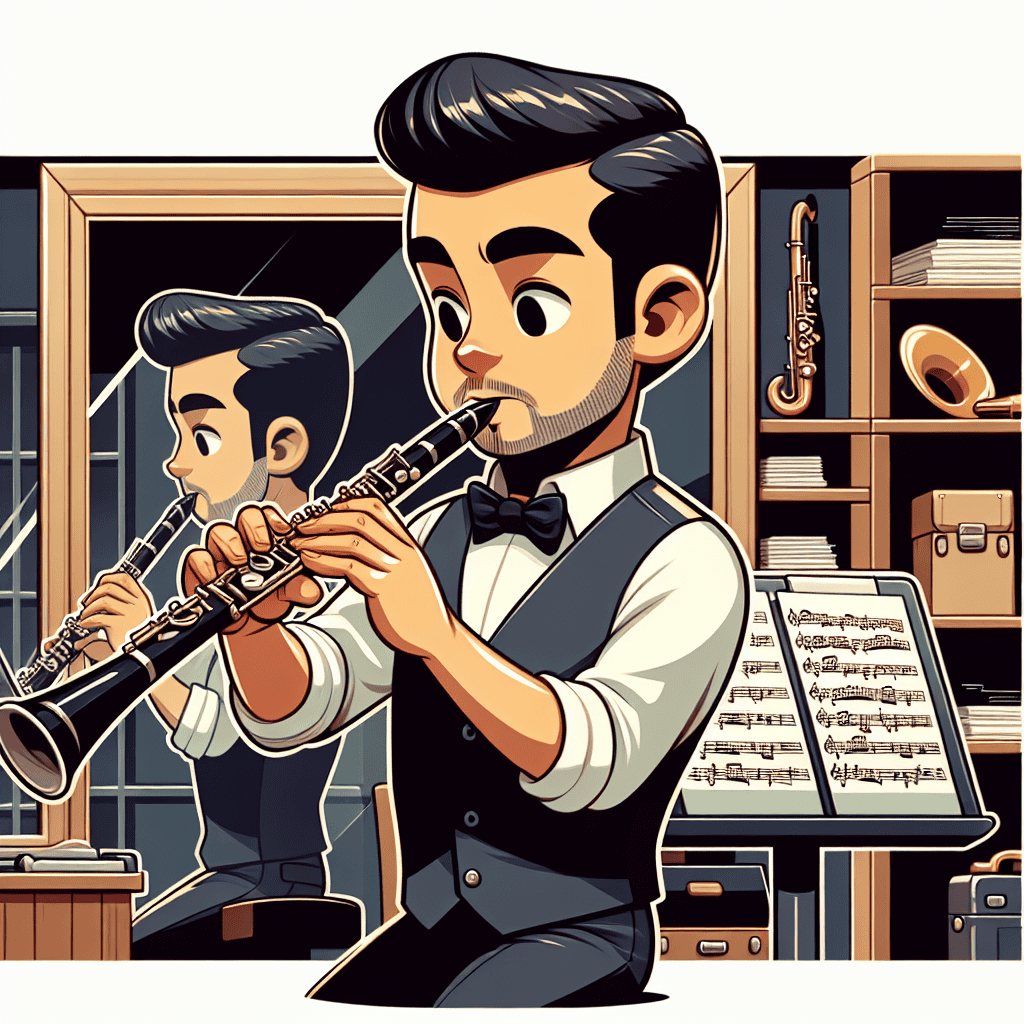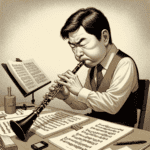Introduction to Clarinet Embouchure
The clarinet is a versatile and expressive instrument, capable of producing a wide range of tones and dynamics. At the heart of achieving that beautiful sound is a well-developed embouchure—a term that refers to the way a musician shapes their mouth around the mouthpiece. Whether you're new to the clarinet or an experienced player looking to improve your technique, understanding how to form a good embouchure is key to your success.
What is Embouchure?
Embouchure refers to the positioning of the lips, facial muscles, and jaw while playing the clarinet. How you hold your mouth affects the airflow and vibration of the reed, which in turn determines your tone quality, intonation, and overall sound. A well-formed embouchure helps you create a rich, clear, and centered sound.
The Basics of a Good Embouchure
To develop a proper clarinet embouchure, focus on these key elements:
| Element | Description |
|---|---|
| Lip Placement | Bottom lip firm but slightly moist, cushioning the reed. Upper lip rests lightly on the mouthpiece. |
| Jaw Position | Relaxed and slightly dropped. Avoid clenching teeth to allow free airflow. |
| Cheek Muscles | Gently support lips without creating tension. Avoid unnecessary puffing. |
| Air Support | Use full diaphragm support for better tone. Take deep breaths and maintain steady airflow. |
Exercises to Develop Embouchure
Improving your embouchure takes time and practice. Try these exercises to strengthen and refine your technique:
- Long Tones: Start with long tones, focusing on maintaining a steady sound. Hold each note as long as possible, listening for consistent pitch and tone quality.
- Multi-phonics: Practice producing two or more pitches simultaneously to challenge your embouchure stability.
- Lip Slurs: Play a series of notes while moving your embouchure without changing fingerings to improve agility.
- Reed Vibrato: Develop a gentle vibrato by subtly fluctuating your airflow as you play, enhancing tone and expressiveness.
Common Embouchure Issues and Solutions
Be aware of these common problems and how to address them:
- Tightness: If you feel facial tension, relax your muscles. Take deep breaths and reset your embouchure before playing.
- Puffing Cheeks: Keep your cheeks relaxed and flat while playing. Engage cheek muscles only enough to support your embouchure.
- Muffled Sound: Check your lip placement and airflow. Ensure your bottom lip is properly positioned on the reed and adjust your air support.
- Intonation Problems: Regularly check your mouthpiece position and embouchure pressure to improve pitch accuracy.
Tips for Successful Practice
To make the most of your practice sessions:
- Record yourself playing to track your progress and identify areas for improvement.
- Use a mirror to check your embouchure position while playing.
- Vary your practice routine by incorporating different exercises and techniques.
- Set small, achievable goals for each practice session focused on your embouchure.
The Martin Freres brand emphasizes consistent practice and attention to technique. Remember, developing a good embouchure takes time, so be patient with yourself. With regular practice and a thoughtful approach, you'll soon be playing the clarinet with a consistent and pleasing tone.







